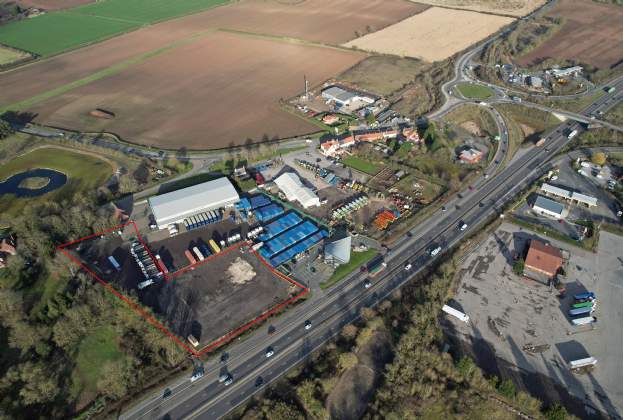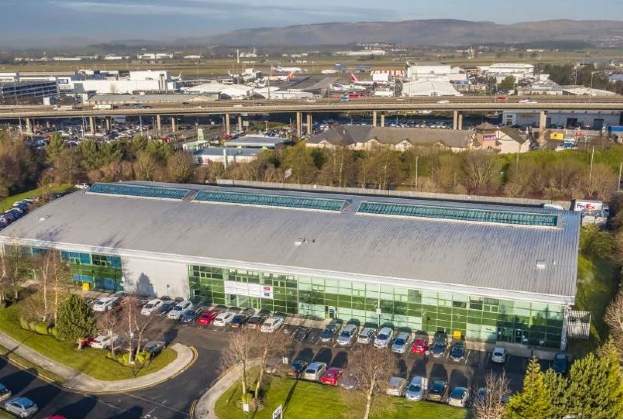The question of where to locate a warehouse has traditionally been a trade-off between local road transport networks, where product comes into a country, the retail and manufacturing final destinations and the availability of land.
Yet as technological advancements in logistics begin to take centre stage, the stronghold these fundamentals have on occupiers is starting to be called into question, especially regarding location. Coupled with the onset of Covid-19, the subsequent boom in online shopping and resulting spotlight on the viability of current supply chains, it’s quite feasible that we could see occupiers broadening where they locate distribution centres and how they build them.
So, if last mile logistics come to be dominated by drone delivery and autonomous vehicles, what can we expect from the sector and, more specifically, what will the impact on real estate be?
One advancement likely to take off is truck platooning, where vehicles move in a group with the trucks being driven autonomously by smart technology communicating with each other, monitored by a single driver. The technique is an effective way to improve traffic flow and to use less fuel, which creates fewer emissions.
The impact on real estate? For a start this will reduce demand for space in inland distribution parks which are usually four or five hours from ports. Nevertheless, trials in the Netherlands and UK demonstrate that this technique does not yet solve the issue of last mile logistics due to the size of the roads involved. It’s likely that, if this trend proves successful from a port to logistics hub point-of-view, we will start to see major changes to fit outs and retrofitting of existing space to accommodate this new type of vehicle.
With volumes catered for, what about speed? Pioneered by Elon Musk through his SpaceX companies, Hyperloops could see freight travelling at 700 miles an hour in floating pods speeding along low-pressure tubes. With the technology still in the early stages, it’s difficult to say what the overall effects will be on real estate. However, it’s likely to increase pressure on existing logistics sites spurring the development of a two-tier rental market, with premiums paid for locations close to the Hyperloop infrastructure.
We consumers are no strangers to drones, but it’s expected that large-scale commercial drones will soon be swooping in with parcels weighing less than 2.5kg up to 15 miles, easing road congestion, slashing emissions and delivery costs.
On the face of it, drones look set to make major real estate demands since they require new types of buildings to launch, store and service them. The impact will not just be limited to commercial property either – it’s expected that residential properties will have to be re-designed to factor in safe landing areas. We could even see people paying a premium for adequate landing spaces on roofs.
With new transport technologies serving demand for last-minute, last mile delivery, logistics companies will continue to make up a greater share of users of higher value land. Initially, what land is used is not set to shift dramatically but truck platooning, Hyperloops and drones are likely to require changes to existing real estate and how quickly the sector can keep up remains to be seen.
Further information
Read more: Impacts: New Technology
.jpg)


.jpg)
.jpg)

.jpg)

.jpg)

.jpg)